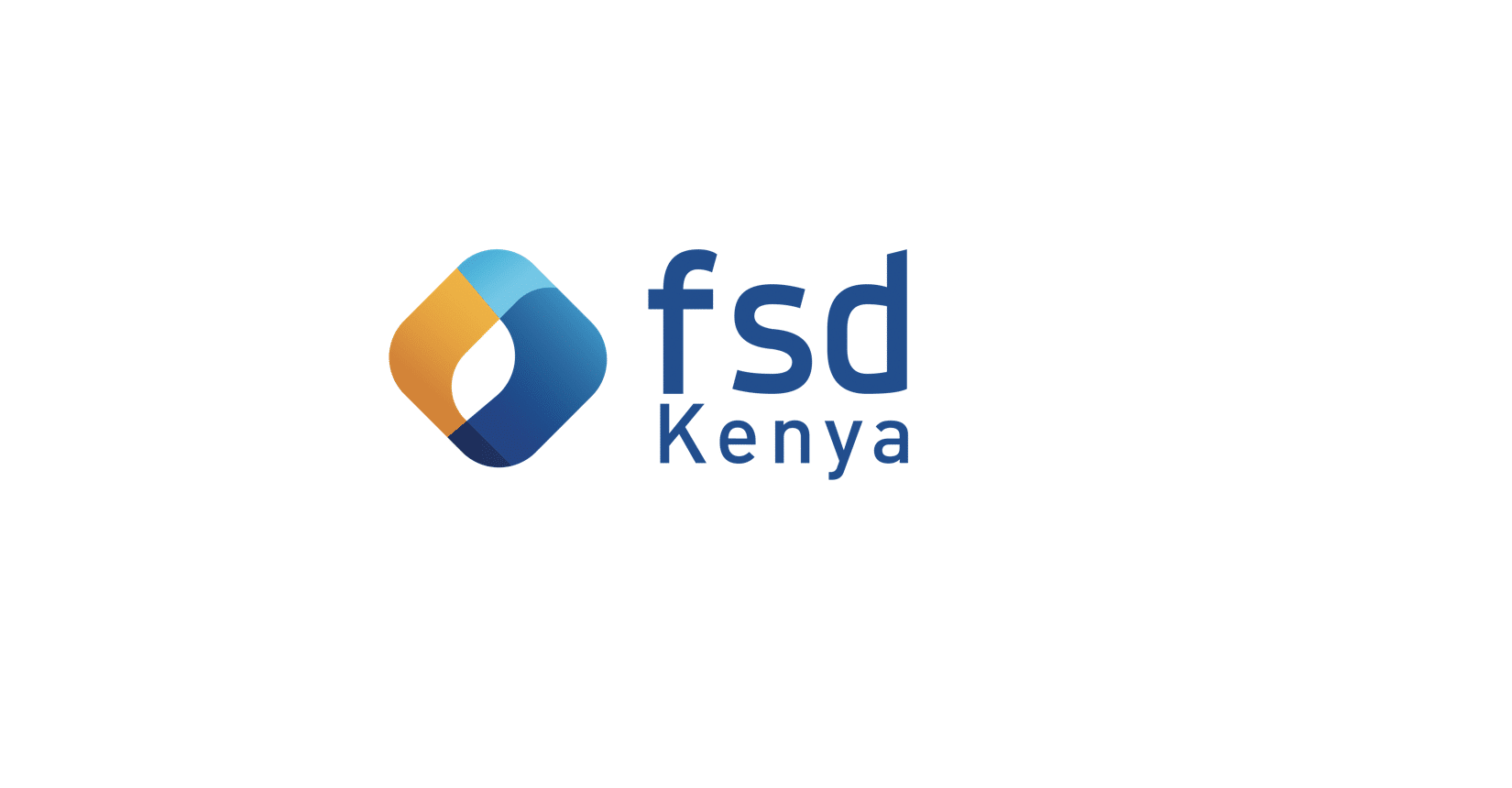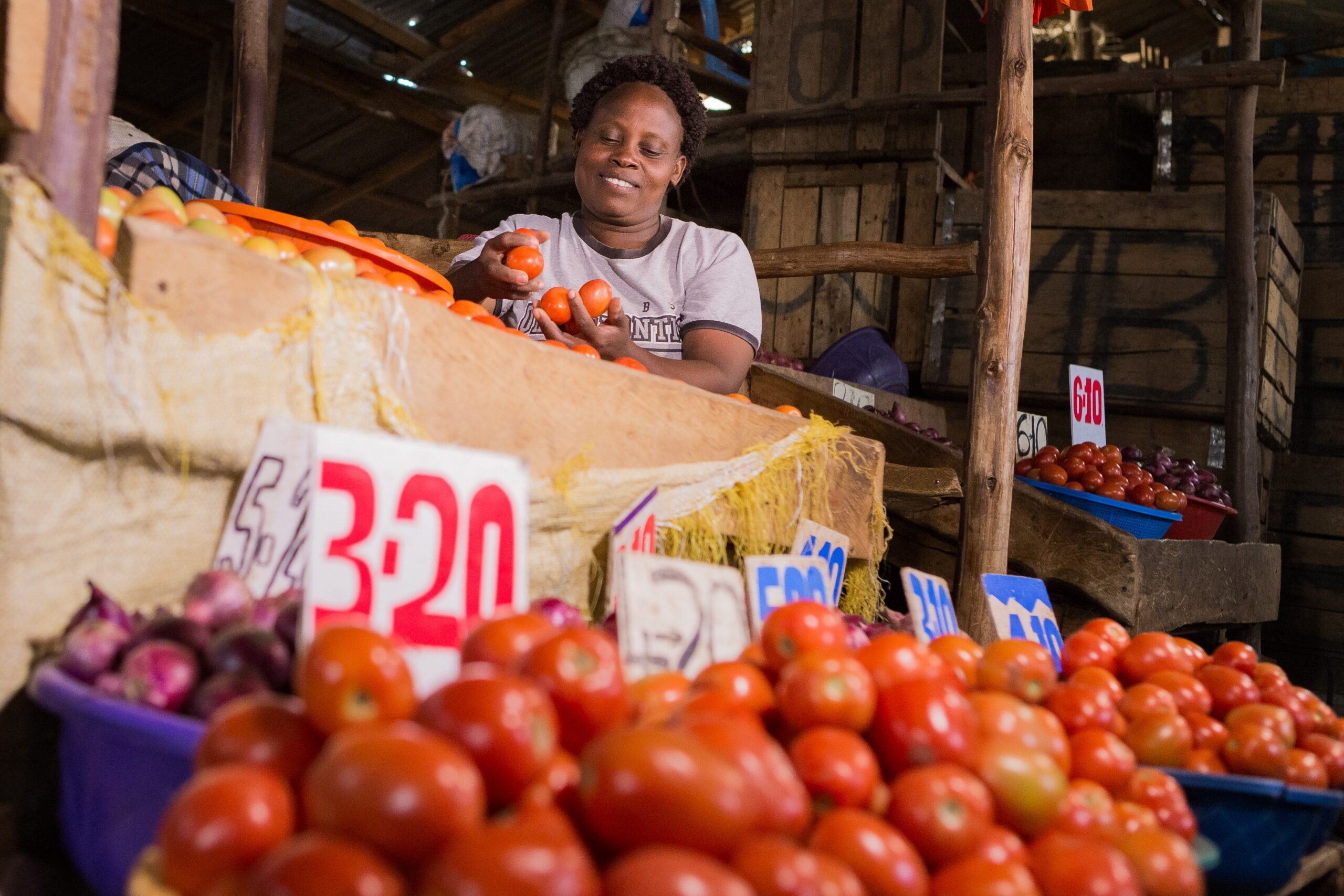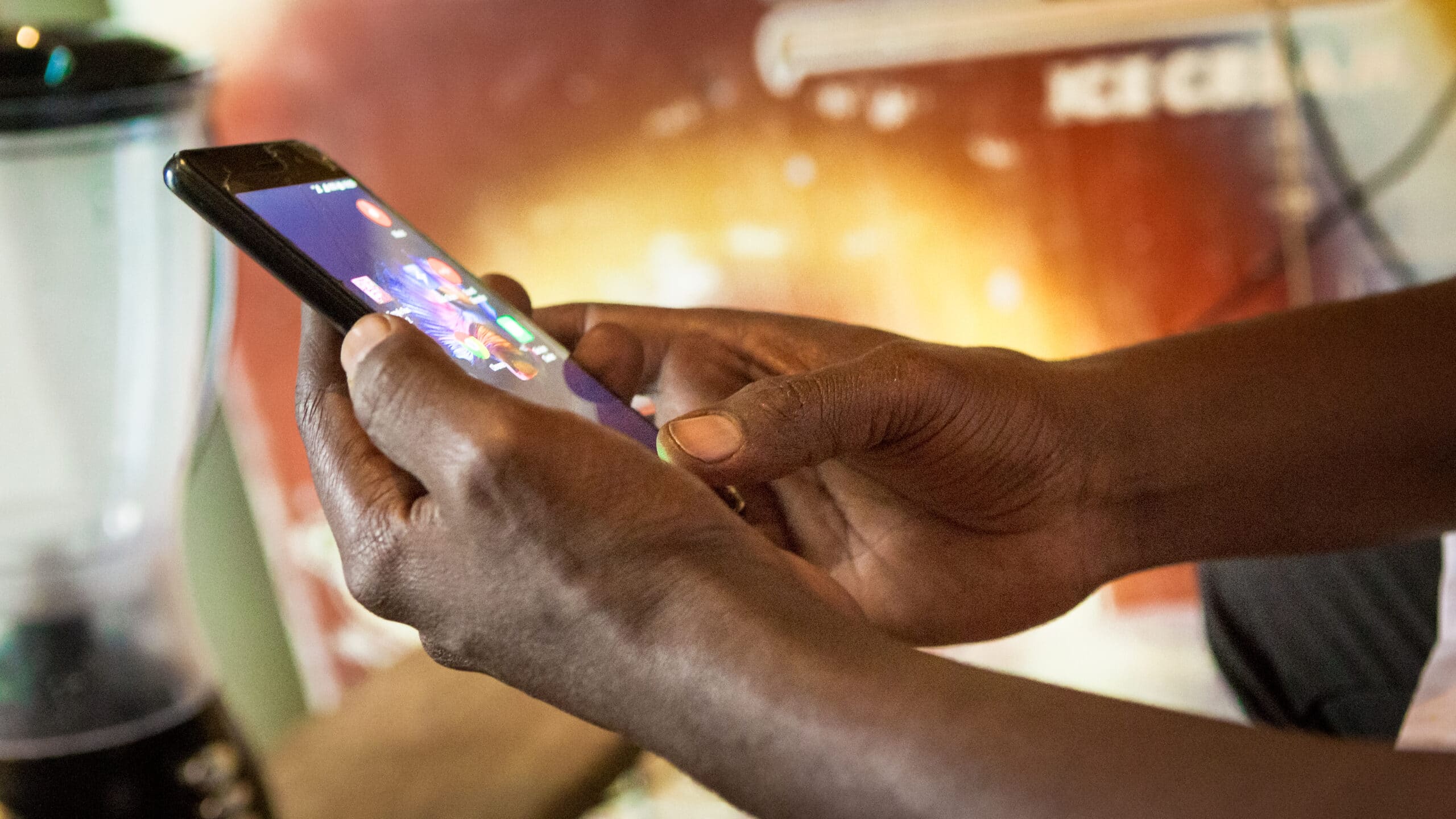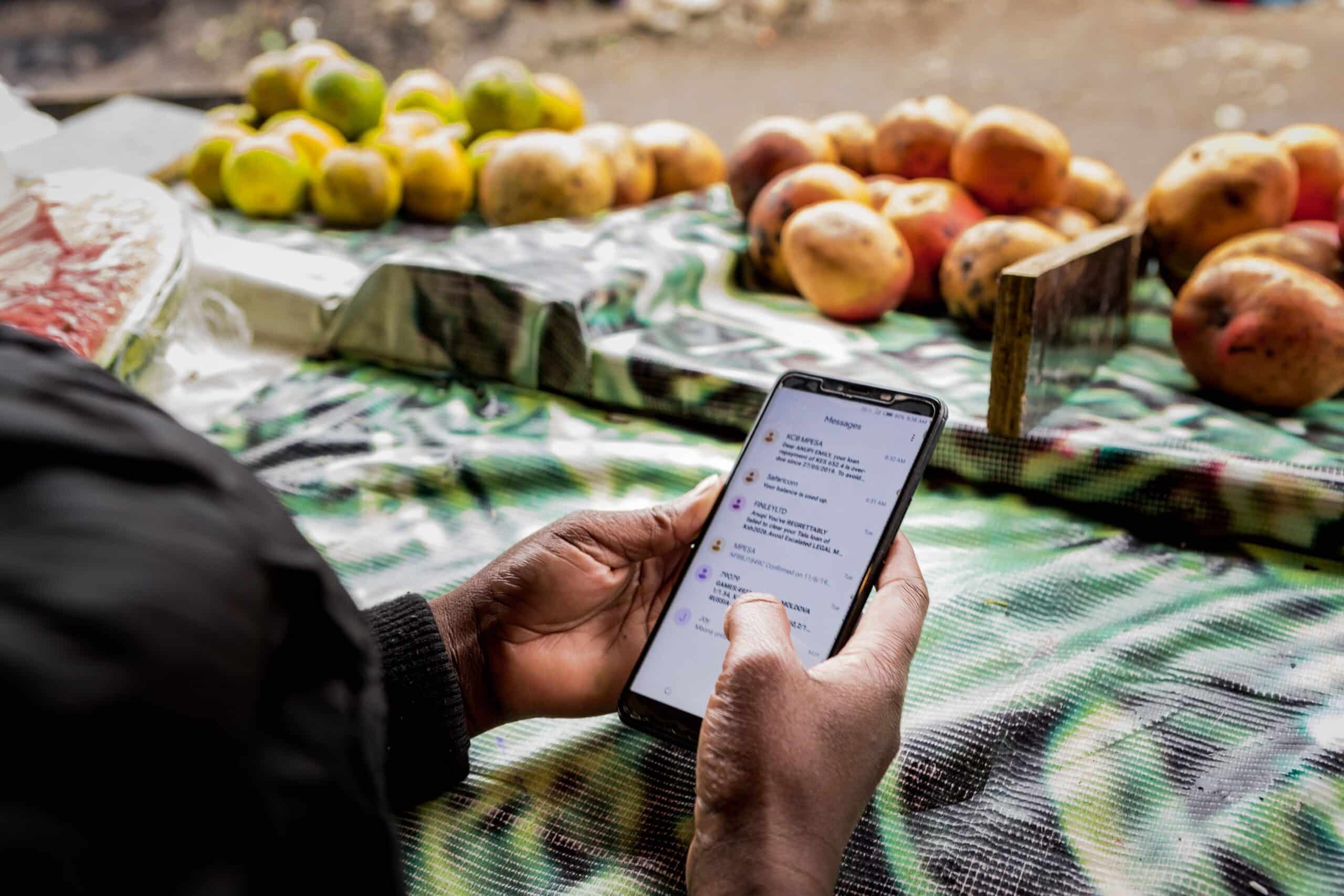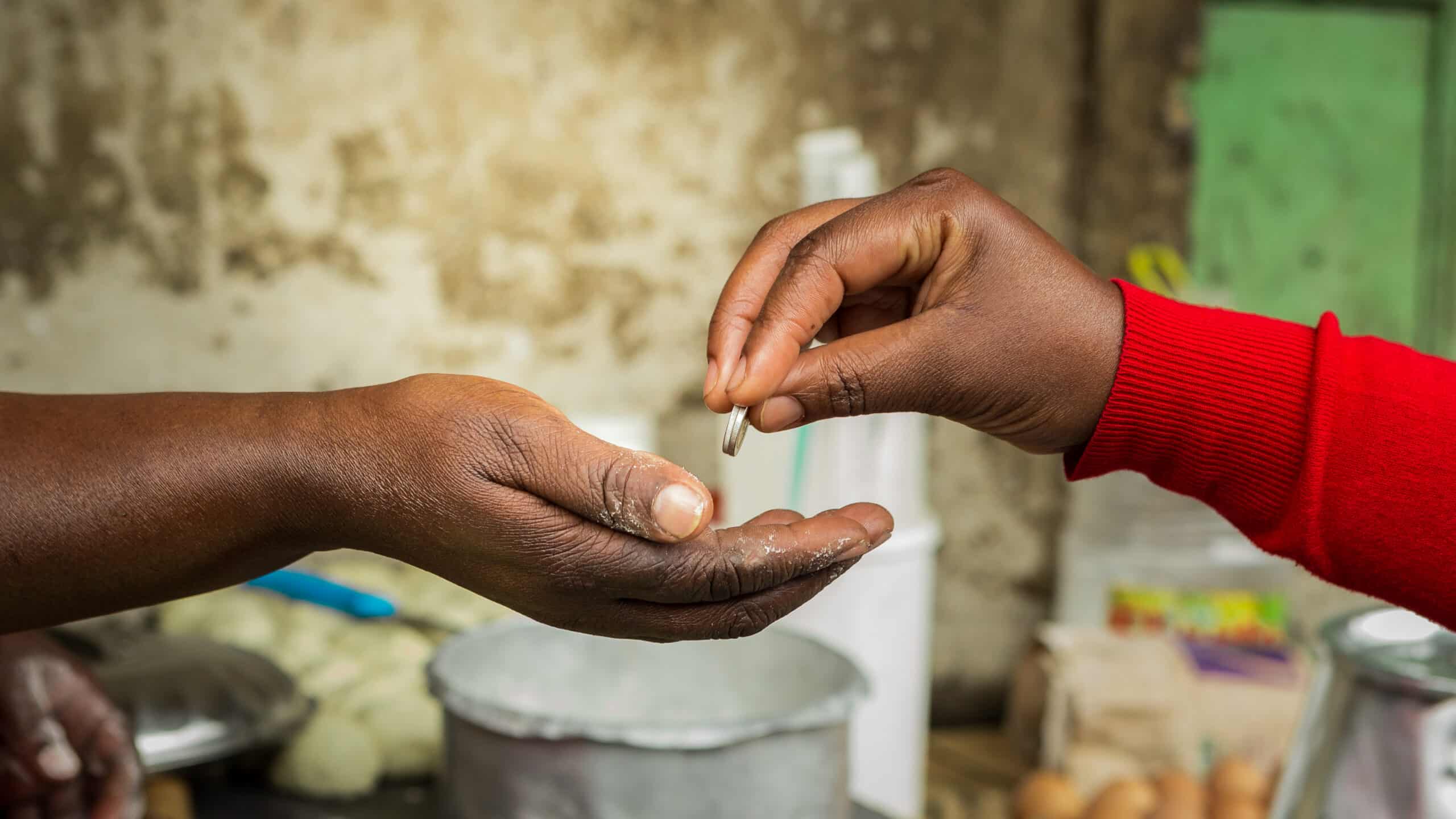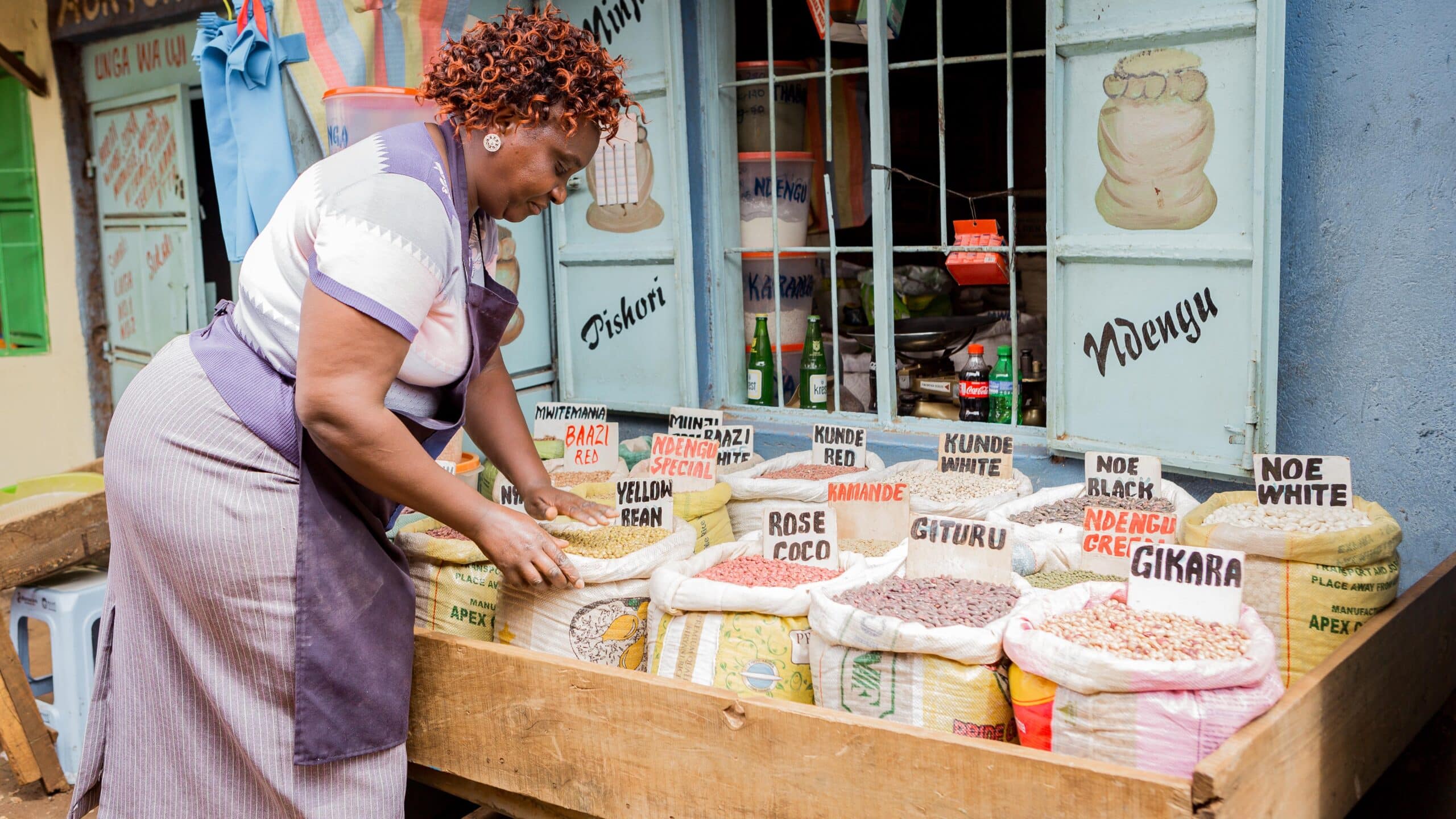Kenya is seen widely as a ‘stand out’ success story on financial inclusion. The 10-year period from 2005 to 2015 witnessed enormous change in the financial sector. In 2015, two-thirds of the adult population have access to formal financial services compared with one-quarter in 2005; 8 million more people have gained access to services. Finance providers, previously little engaged with and in retreat from the mass, low-income market, are now innovating and expanding.
These changes have coincided with the life of FSD Kenya, an organisation formed in 2005 to facilitate financial inclusion, with a distinctive approach – market systems development or ‘making markets work for the poor’ (M4P), and a distinctive organisational form – an independent trust. This case study is about FSD Kenya, the role it has played in Kenya and what can be learned from this. It shows that FSD Kenya’s contribution to financial inclusion, while varying between individual activities, has been substantial in aggregate, and t(beyond Kenya), there are important lessons emerging from this experience for development funding and facilitating organisations.
The Kenyan financial system is bigger, more dynamic, more profitable and more innovative than ten years ago. It is also more inclusive, even if poor people have not been the biggest beneficiaries of its growth. Although helped by a generally favourable environment, FSD Kenya has contributed significantly to this change, pushing inclusion more quickly and successfully into the workings of the Kenyan financial sector. It has done this by intervening in a range of ways, throughout its ten-year life, and with different partners in the public and private sectors. While the specific focus of interventions has varied it has involved work on different aspects of the market system including capacity-building, innovation, regulation, research and public infrastructure.
For funders and facilitators alike, the most important lesson from the experience is that FSD Kenya’s positive impact is vindication of its different function and form. The M4P approach that has guided its work has provided an appropriate framework and guidance for intervention and set a level of ambition that matches the development needs of the sector. As a trust, it has had the flexibility, operational space, resources and independence to engage effectively. More specifically, FSD Kenya has been effective because it has ‘got the big things right’ as a market facilitator.
Overall, for the financial inclusion/financial market development field globally, FSD Kenya’s experience therefore offers valuable learning for development organisations – funding agencies, practitioner facilitators, policy makers and researchers. It does not – cannot – provide all the answers to the challenge of facilitating inclusive financial markets, where some of the issues to be confronted – such as the ‘how much is enough’ challenge and political economy dilemmas – are inherently intractable. Nonetheless, FSD Kenya’s experiencection on how to engage effectively to bring about systemic change in financial (and other) markets.
